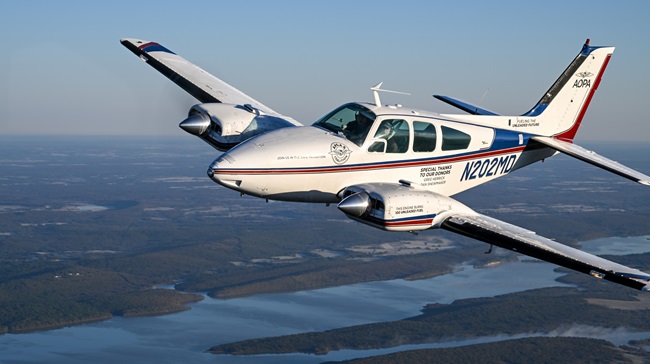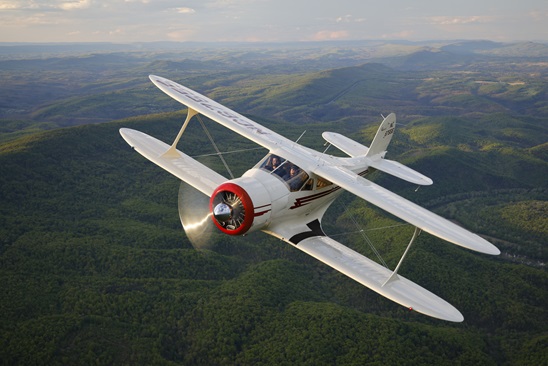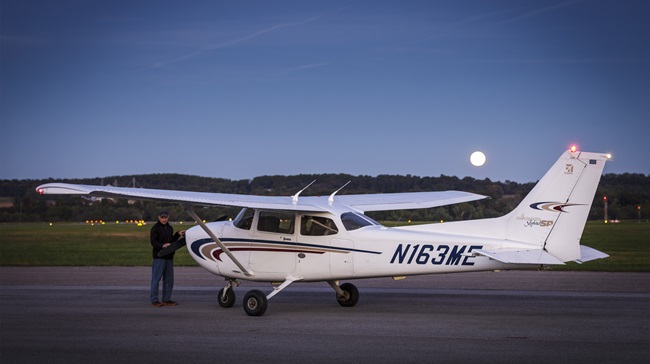The FAA released its updated implementation plan for the transition to a modernized air transportation system March 8. The plan outlines how the agency will act on recommendations from industry and continue to expand satellite-based navigation and surveillance.
The 2010 NextGen Implementation Plan includes increased access to non-radar airspace and small airports, recommendations for which AOPA advocated during its participation in a government-industry NextGen task force. The association has emphasized the importance of providing near-term benefits for general aviation as the FAA builds the foundation for mid-term improvements.
In the plan, which projects the FAA’s intentions through 2018, the FAA cites testimony from AOPA President Craig Fuller before the House aviation subcommittee in October 2009. “In order to work, NextGen will require the implementation of new technology, both in terms of cockpit equipage and infrastructure. General aviation pilots have always been quick to adopt new technology, particularly when the safety and utility of that technology is evident,” Fuller said.
Infrastructure and procedures implemented over the past year have laid some groundwork for pilots to benefit from NextGen technology. Over the past year, the FAA developed more than 500 LPV approaches--satellite-based precision-like approaches enabled by Wide Area Augmentation System. There are now nearly 1,100 LPV procedures available at runways where no ILS is present. In addition, there are now more than 90 Q and T routes (low-altitude RNAV routes) in the United States.
Moving forward, the FAA said it will increase its workforce and continue to deploy LPV approaches at a rate of at least 300 per year. It also said it will provide radar-like services for non-radar airspace at low altitudes using Automatic Dependent Surveillance-Broadcast (ADS-B). From 2010 to 2013, the FAA will continue to deploy ADS-B ground infrastructure while exploring state and local cost-sharing partnerships. In 2011, it will pursue an expansion of the ADS-B program. ADS-B will be an important part of the modernization process, and the FAA is expected to release the final rule this spring about a mandate for equipage with the technology.
Throughout the planning process, AOPA has advocated for making the most of existing capabilities in the airspace system. Modernization plans should make the most of equipment that already exists in today’s cockpit, and new technology should build on established equipment, policies, and procedures, said AOPA senior director of airspace and modernization Heidi Williams. “We cannot afford to equip aircraft if the proper tools are not in place to realize the benefits of our investments.”
The implementation plan describes leveraging existing capabilities by continuing the transition from conventional instrument flight operations to those based on performance based navigation, which includes Area Navigation (RNAV) and Required Navigation Performance (RNP) procedures. Many aircraft are already RNAV equipped.
AOPA remains committed to working with the FAA and industry to ensure that NextGen remains affordable for GA users and provides safety and efficiency benefits at a reasonable cost.


